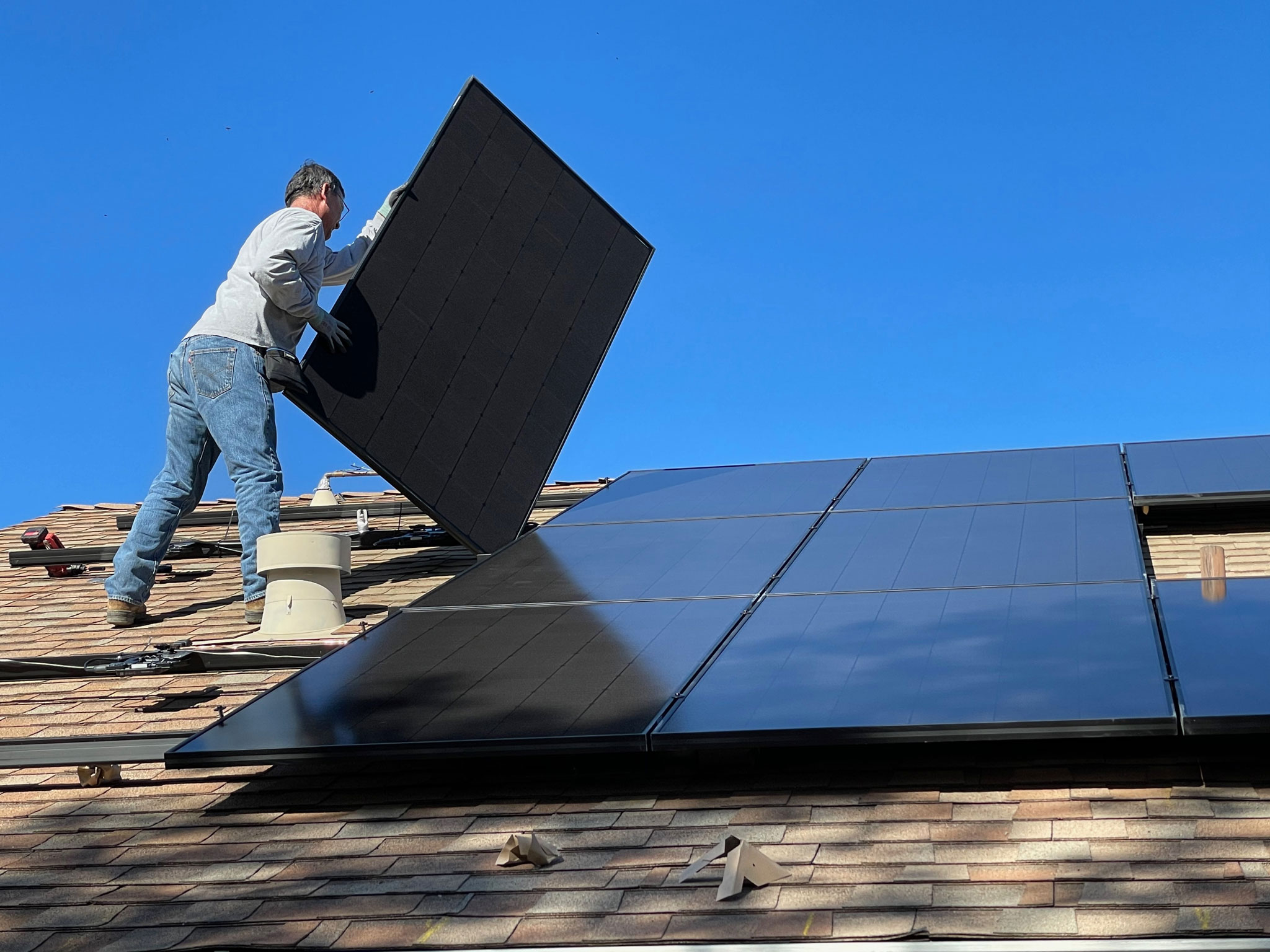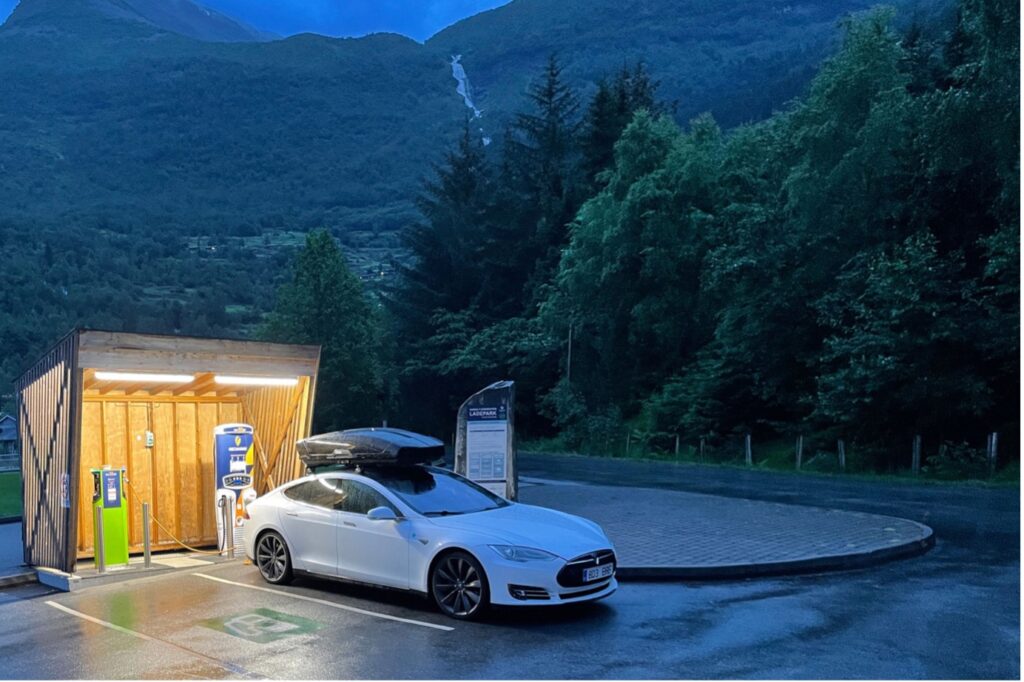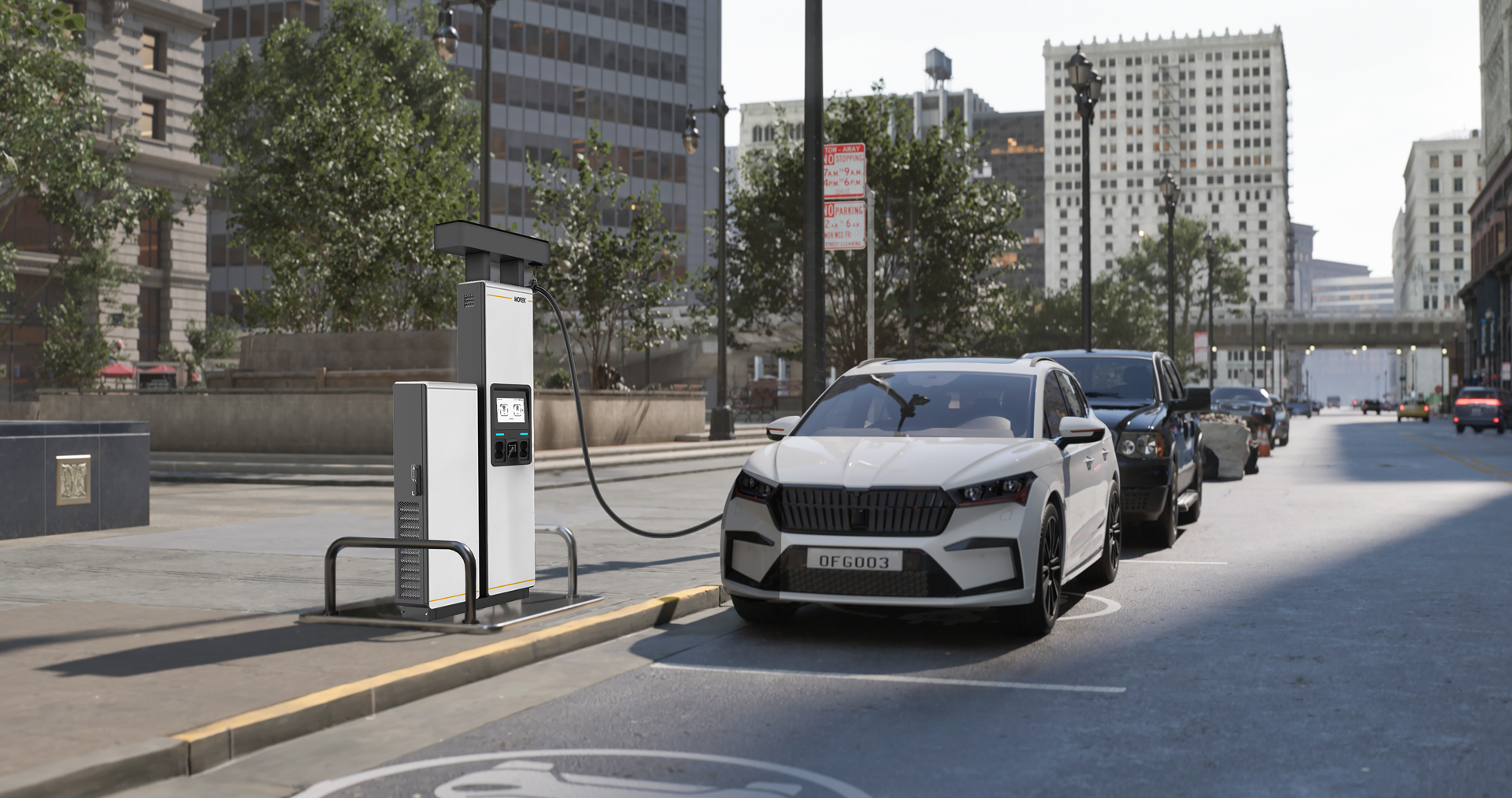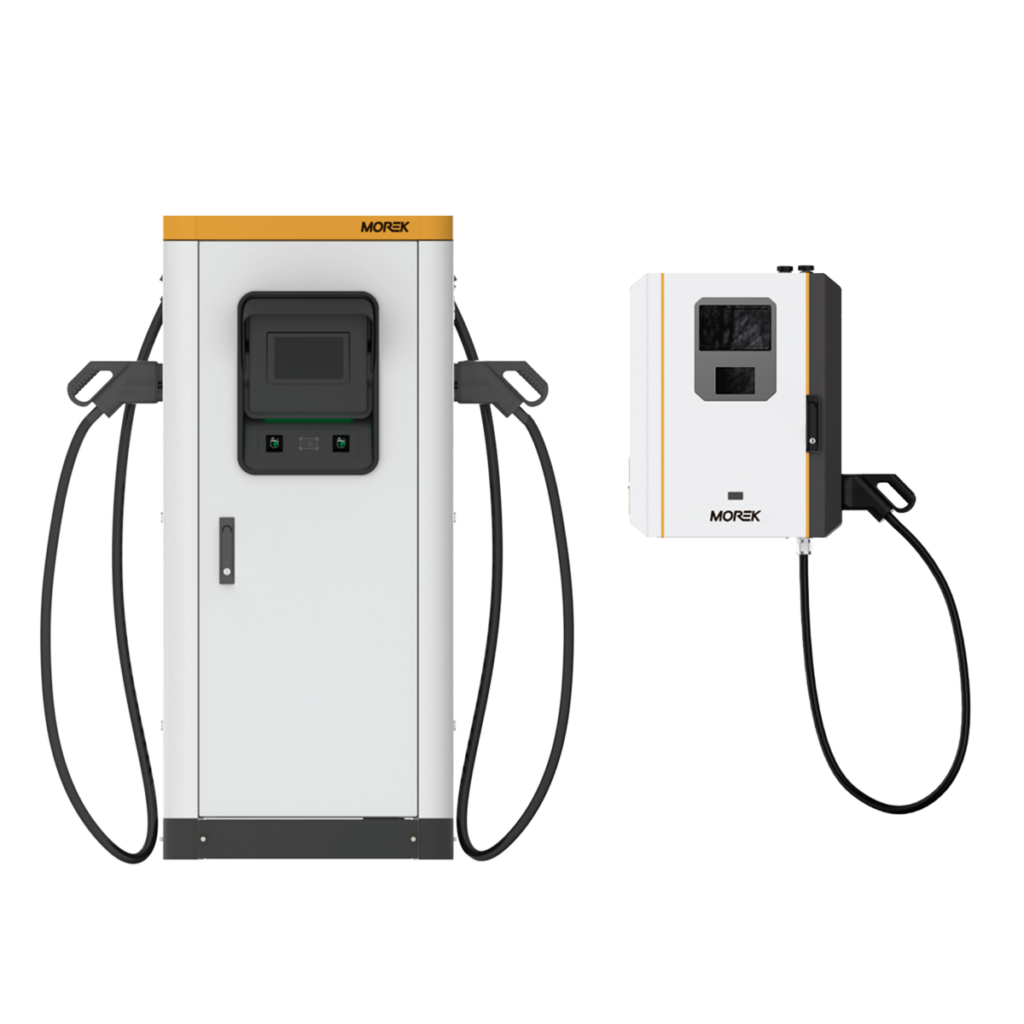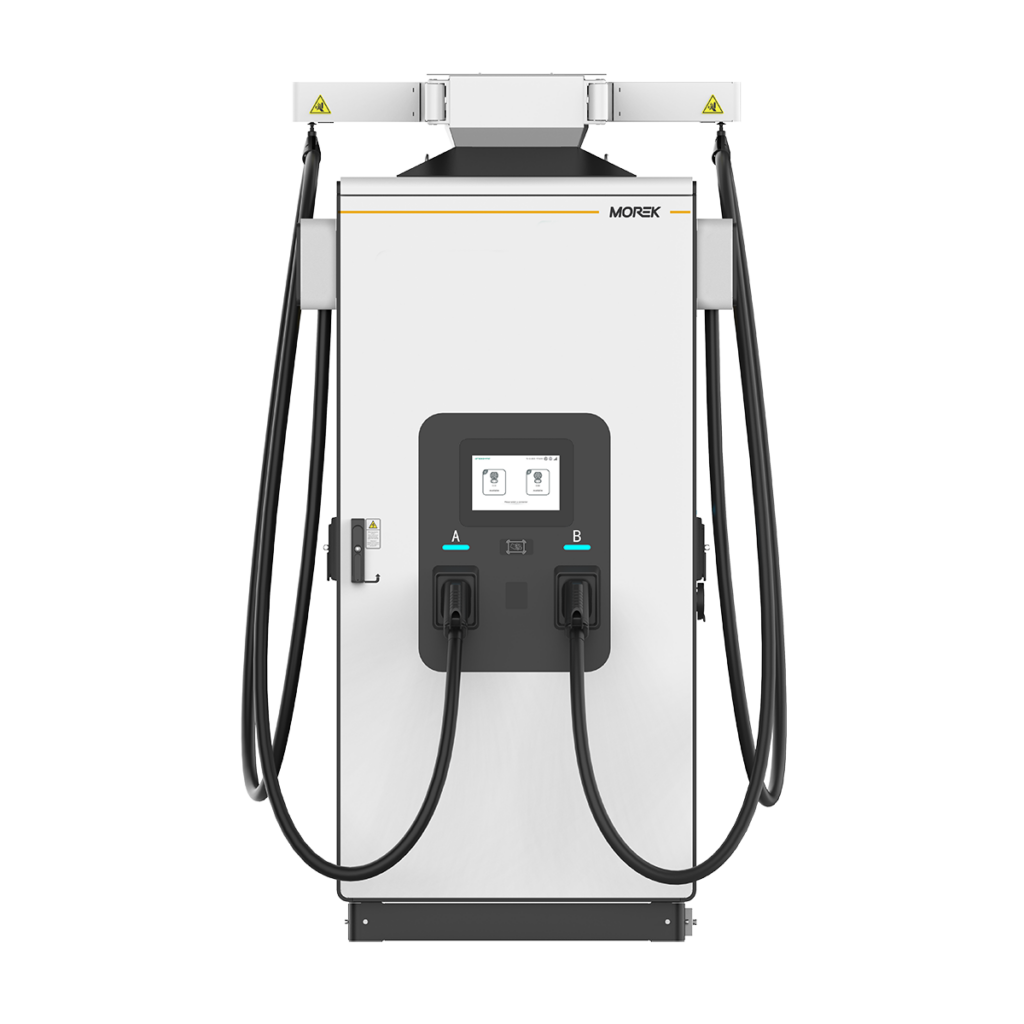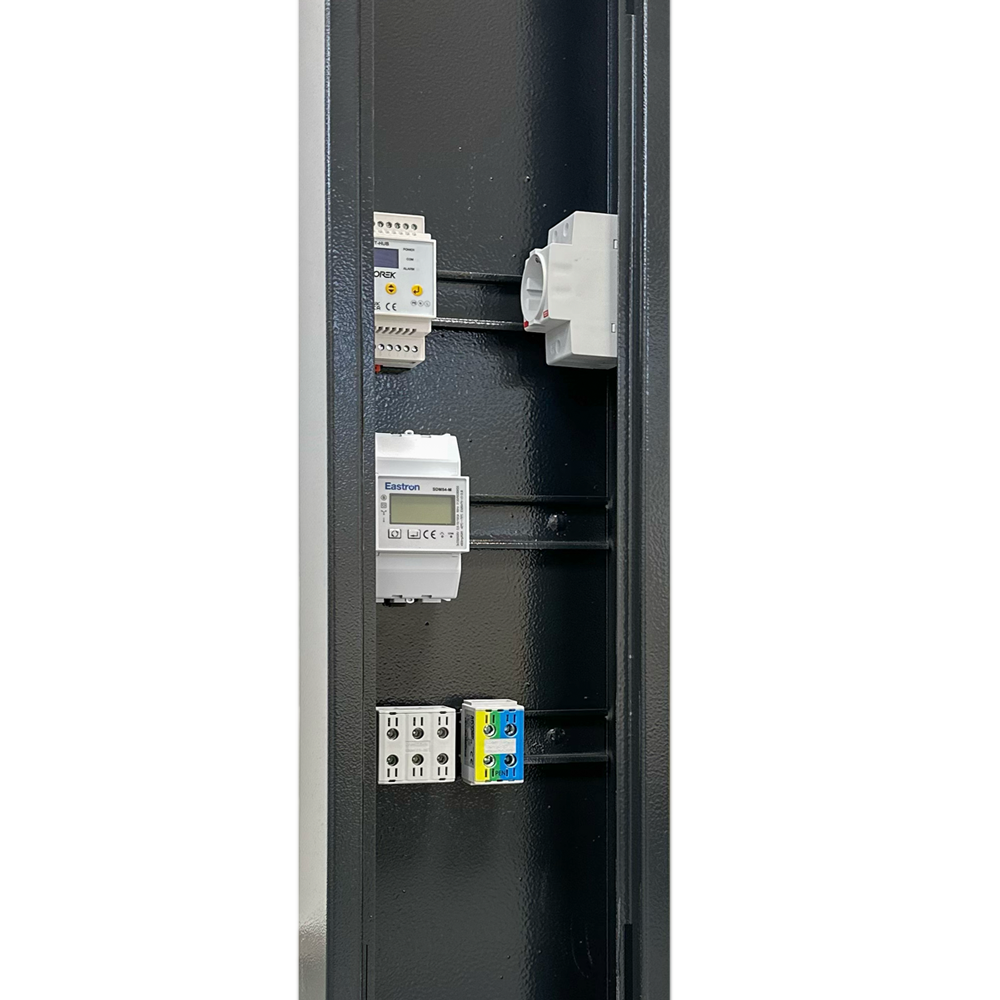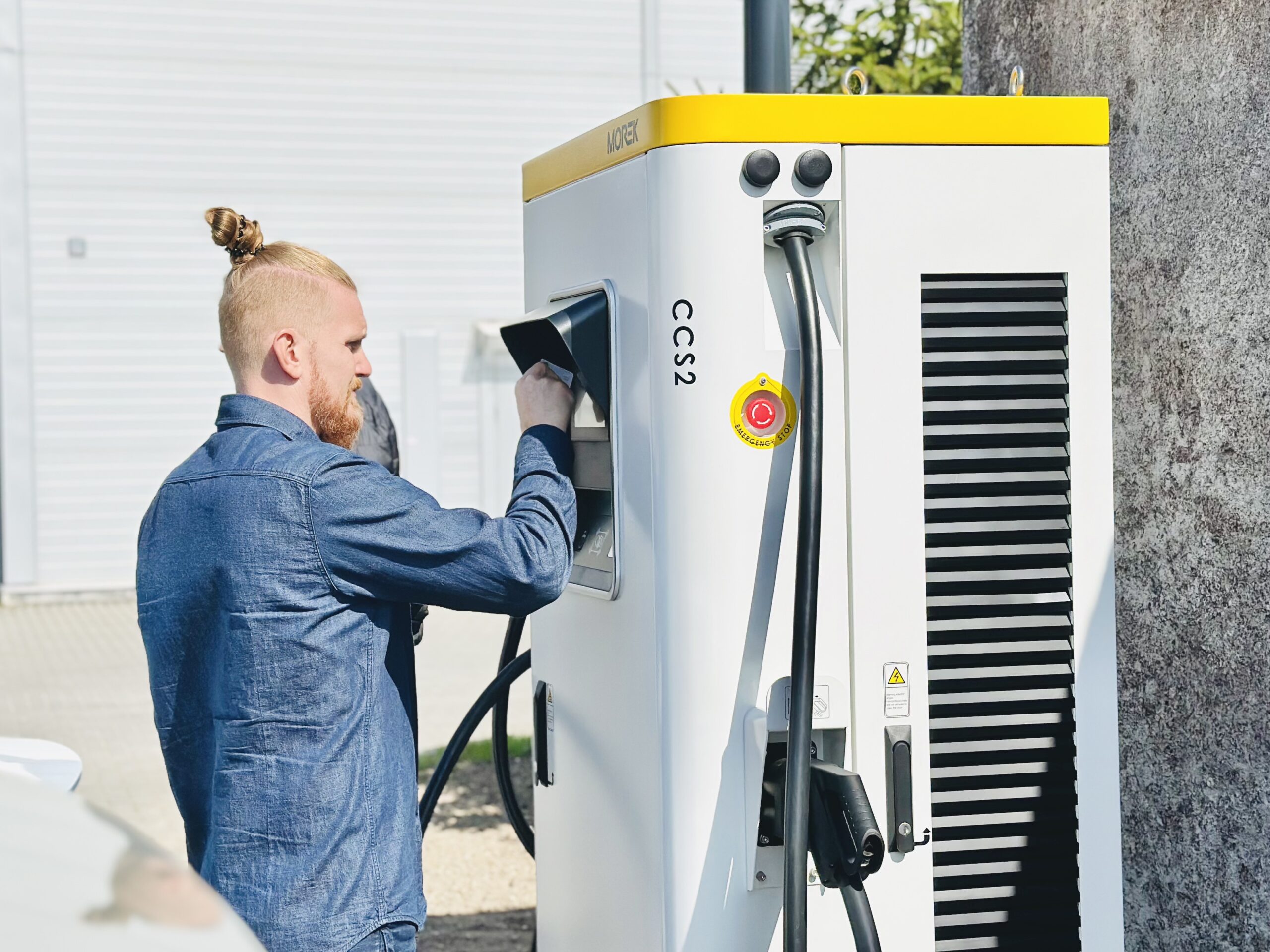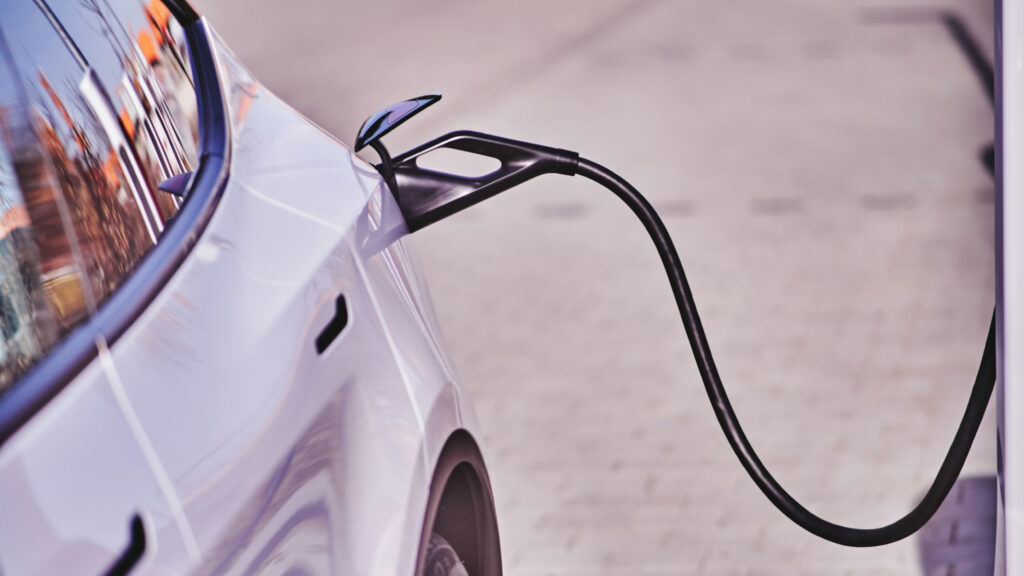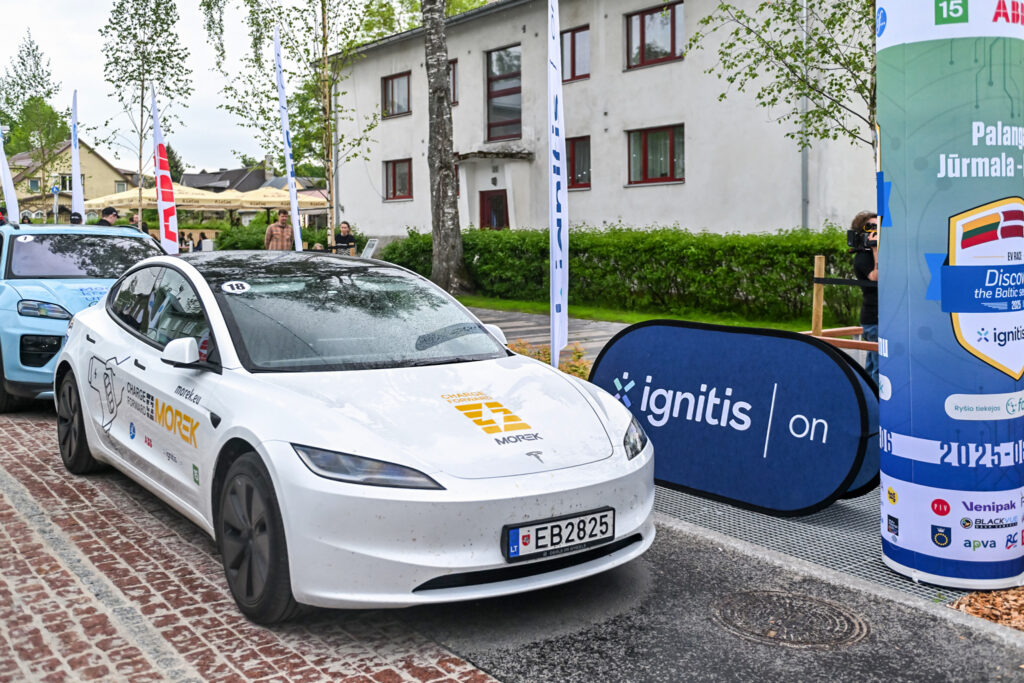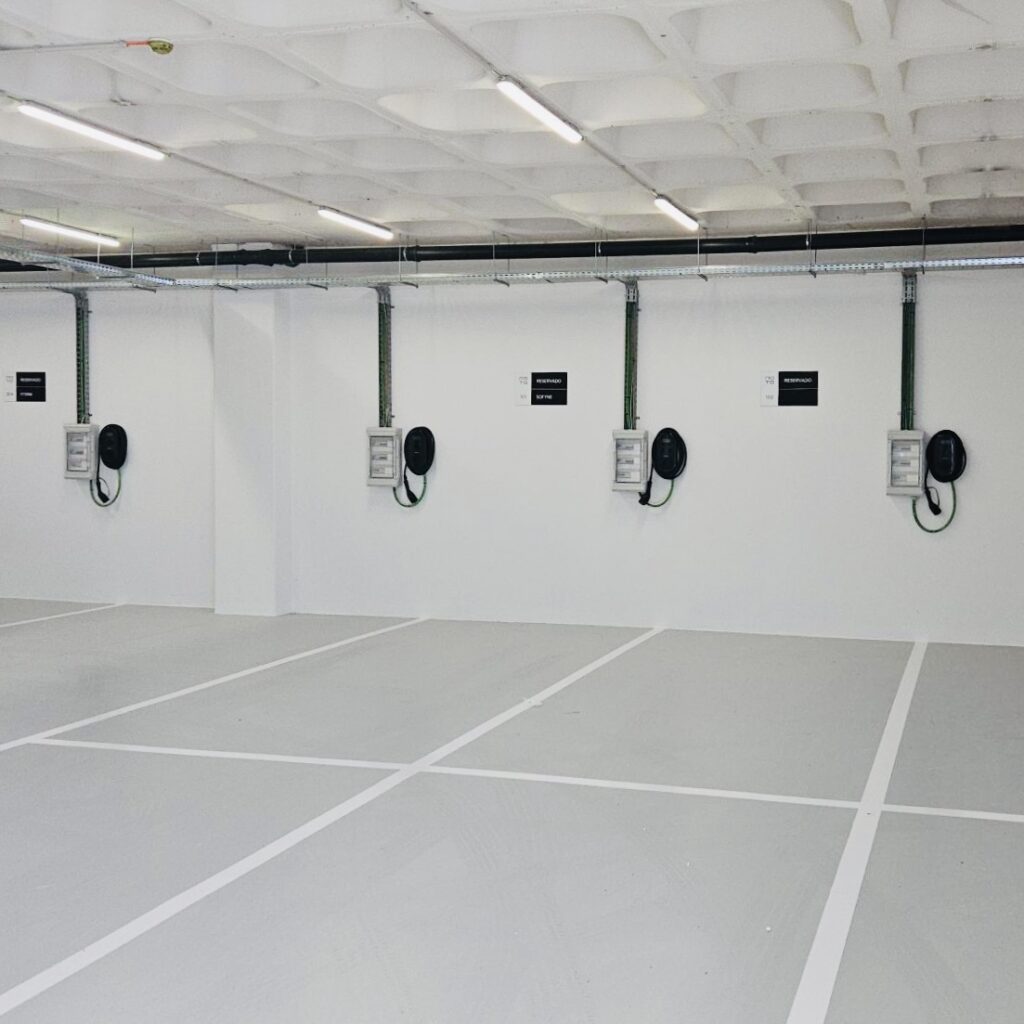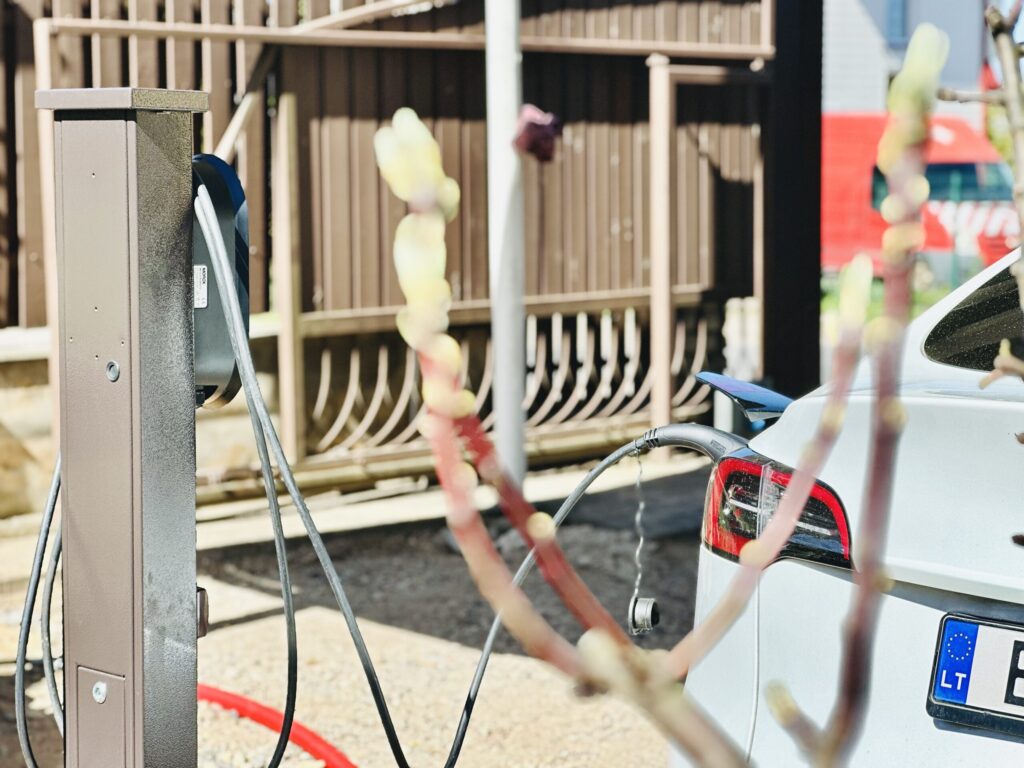Pairing solar panels with an electric vehicle unlock further cost savings, allowing you to use the solar power you generate to charge your car. This kind of smart charging can help you realize these savings by giving precise control over the charging process and ensuring optimal energy use.
Our world’s addiction to fossil fuels has been increasingly challenged in recent years, from an environmental perspective, supply and geopolitical issues. To combat these, many countries are seeking to reduce fossil fuel use, including in the transportation sector where electric mobility has emerged as a prominent new trend.
As a result, electric vehicle (EV) sales have skyrocketed over the past decade. Whereas in 2012, only 120,000 electric cars were sold worldwide, by 2021, more than that many were sold each month. Today’s challenge is to generate enough electricity (sustainably) as the rush of EVs greatly increases electricity demand.
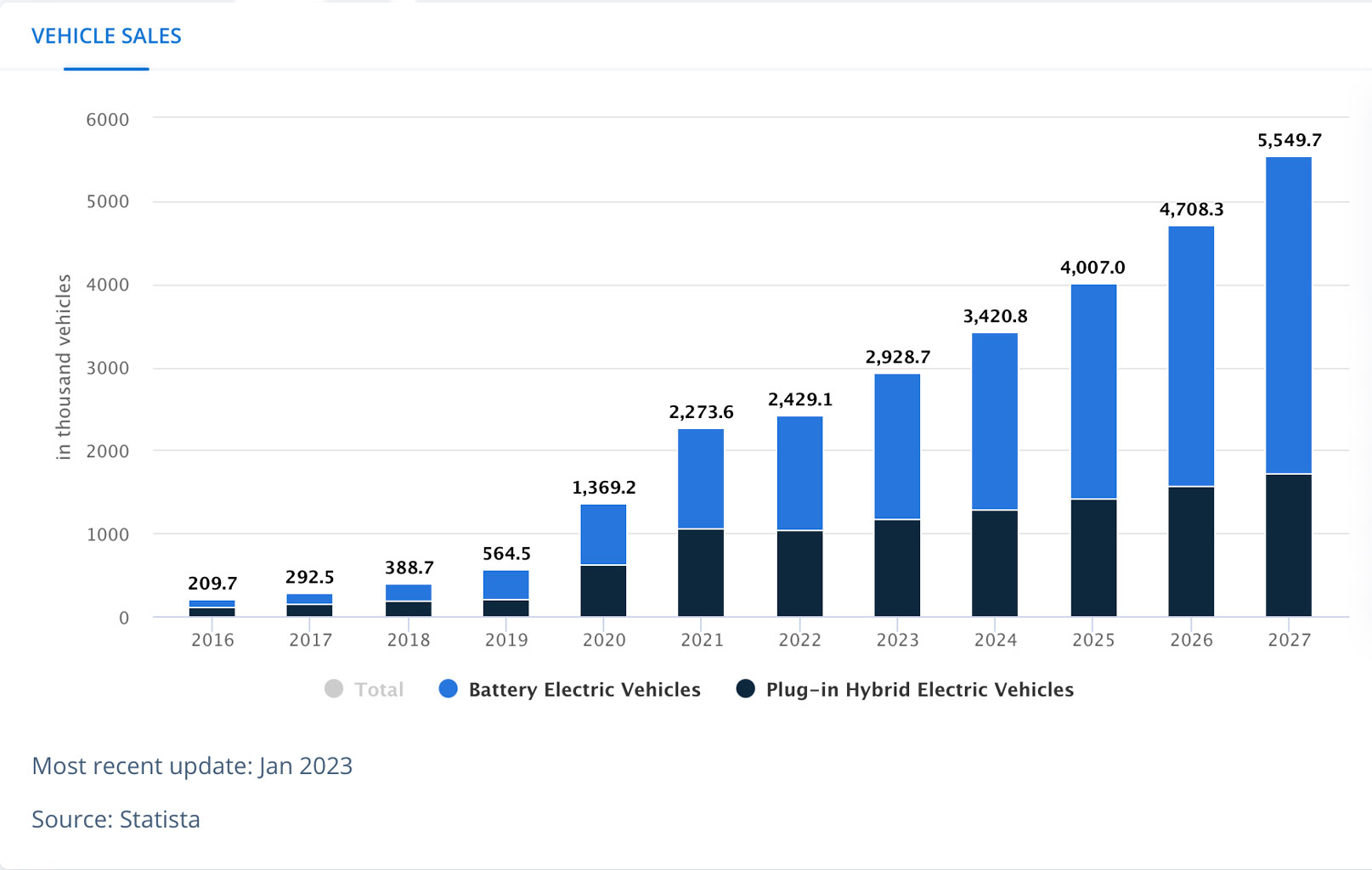

Charging your electric car with solar power
While solar panels on their own can significantly contribute to cost savings, coupling them with an electric vehicle can multiply their benefits. Instead of relying on power from the grid, solar panels can generate electricity that you can use to charge your EV, reducing costs and ensuring the electricity used to power your car is produced sustainably.
Just like the “L per 100 km” measurement for petrol cars – the amount of fuel the car will consume, on average, to travel 100km – electric cars also have a similar measurement: “kWh per km”.
This varies from EV to EV – but on average, most electric cars will get about 6 km of range from 1kWh of electricity from their battery pack. For the average European driver who drives around 50km per day, an electric car will need about 8kWh of electricity to recharge what they use.
1kW of solar capacity (around 3 panels these days) will produce, on average per day over a year, 4kWh of electricity – less in the winter, and more in the summer. So, it would seem you need to add around 2kW of solar panels to your roof to offset the charging of an electric car that is driven ~50km per day. But there’s more to consider – read on.
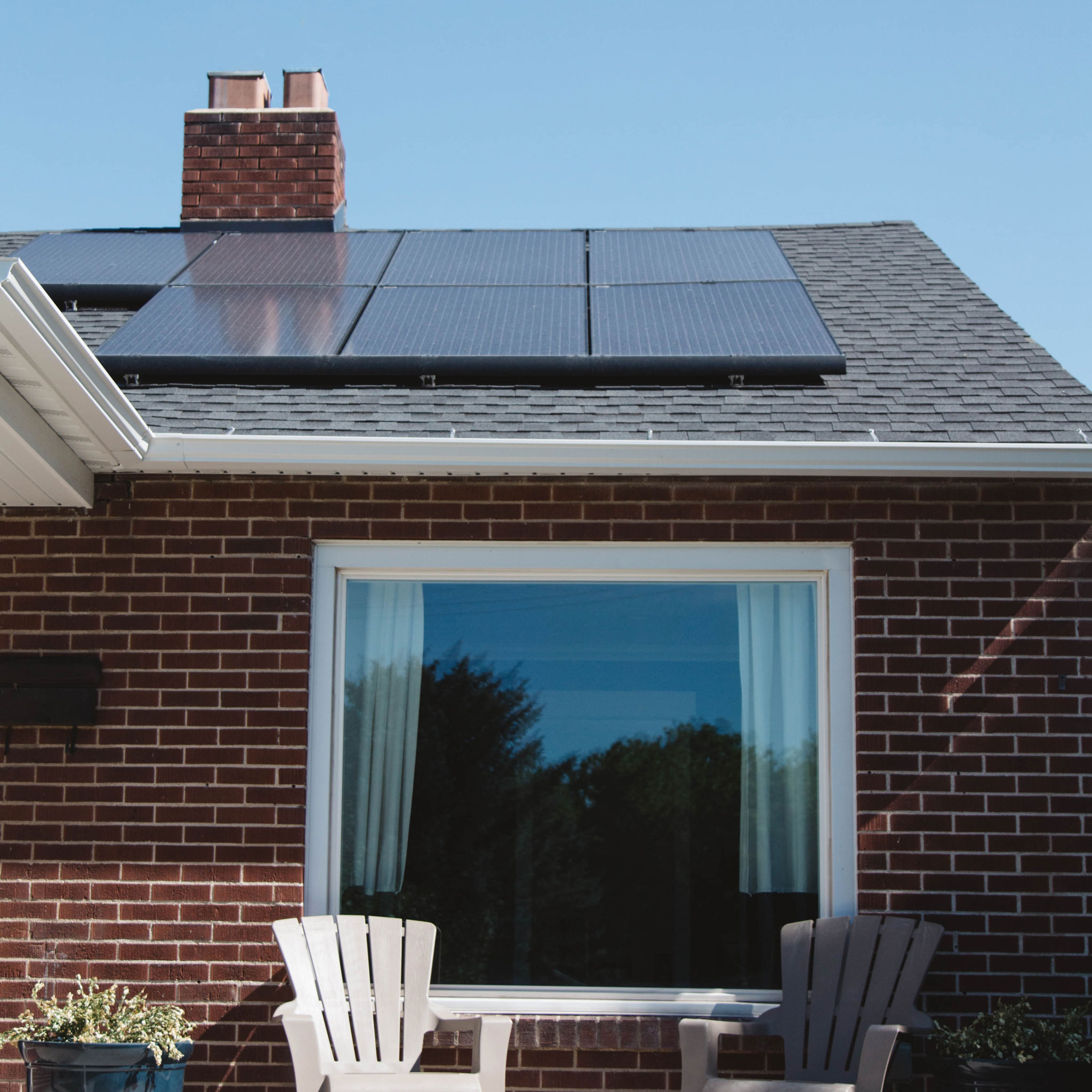
The simplest way to charge an electric car using your home’s rooftop solar panels is to plug the car into your home’s EV charger during the day when the sun is shining. If the amount of solar electricity being generated is equal to or greater than the amount charging the car and used by other loads in the house, no grid electricity will be needed.
However, if the amount of solar energy generated is less than what is required by the car and other loads, grid power will be used to make up the shortfall. Keep this in mind for when you want to charge your car on a cloudy day with only a small solar power system!
Due to inefficiencies between solar panels, inverters, and the batteries in your car, you should expect charging losses of more than 10%.
What this means is – if your solar panels generate 1kWh of energy, only 900Wh of that will end up as energy in an EV’s battery pack. Because of this, you may want to install more solar panels than you think you need to compensate for these charging losses.
Is a smart EV charging station needed to charge an EV with solar energy?
There is more to it than just simply plugging your EV charging station into solar panels directly.
The problem is that the power generated by a photovoltaic panel is uneven and highly variable and cannot be fed into an EV’s battery (or the electricity network) directly.
In any case, any solar panel installation needs to have an inverter installed to convert the electricity so it can be fed into the electricity network at home and used to power appliances or charge your car.
While having a smart charging station is not required to use electricity from solar panels, it can greatly help manage the charging process and control when and how much electricity from your solar panels is used to charge your EV.
For example, with a smart charging station, you can choose to only charge your EV when your solar panel output electricity. The charging station, in combination with an Energy Management System, can forecast when it’s the best time to charge. This ensures you use the energy you generate and guarantees it is produced sustainably, avoiding having to buy electricity from the grid.
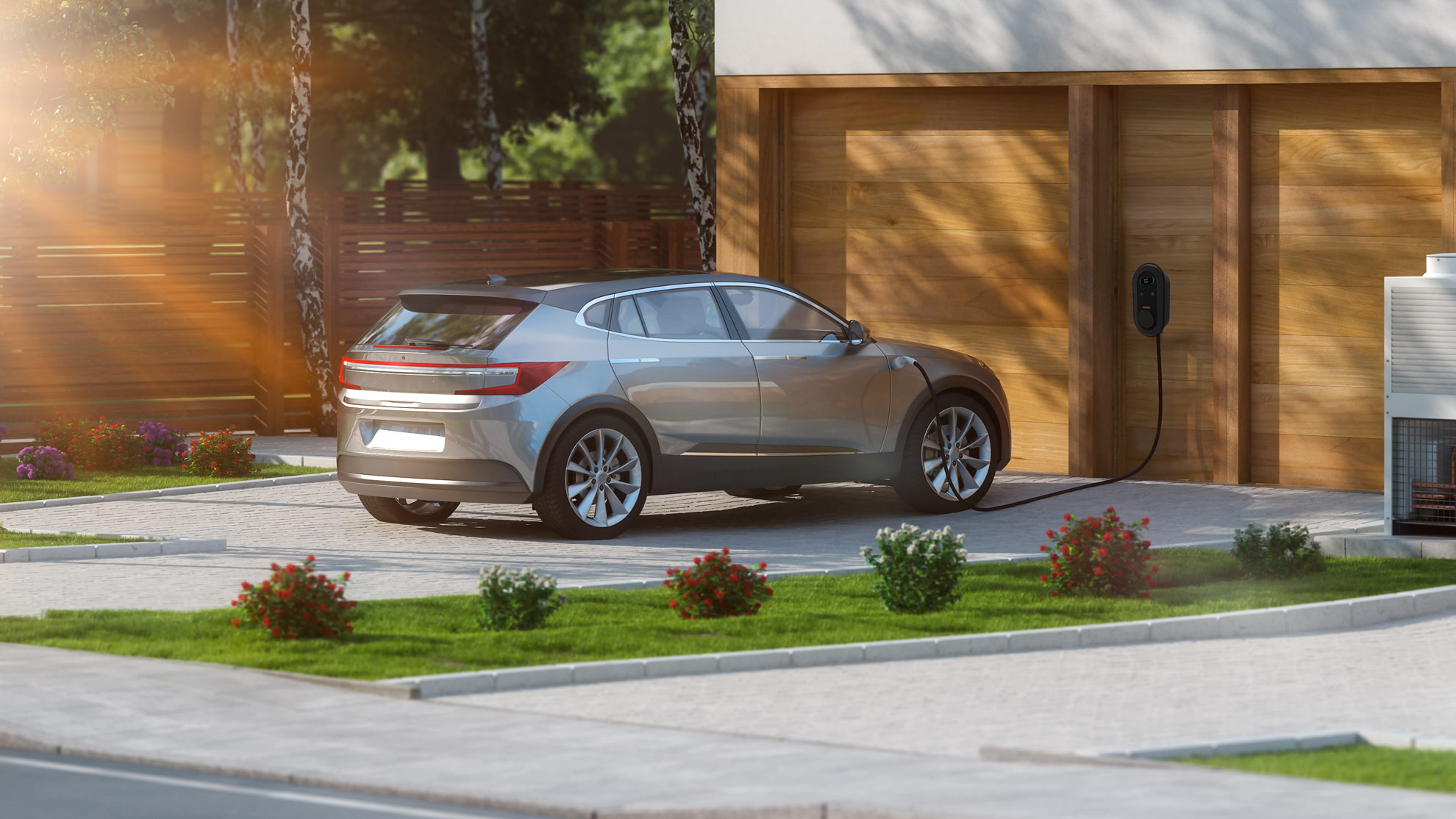
Can I store the electricity I produce with solar panels?
A key challenge with solar power, especially when it is used to charge EVs, relates to the difference in time of production and consumption. Indeed, solar power is mainly generated during the day, when the sun shines the brightest. However, most people tend to charge their EVs at night, once they have returned from work.
A way to overcome this is to store the energy generated during the day and use it later when it is needed the most. One way to do so is by installing a storage battery and connecting it to your solar panels. You can then charge the battery up during the day using the solar energy you generate and use it to power your home at night or when solar production is low. This is a use case for another blog article.
Single-phase or three-phase power?
If you are building a new home, consider three-phase power – this will allow you to put in a much larger solar array that will be able to reliably supply the home of the future that has high electricity needs due to a household battery and one (or more) electric vehicles.
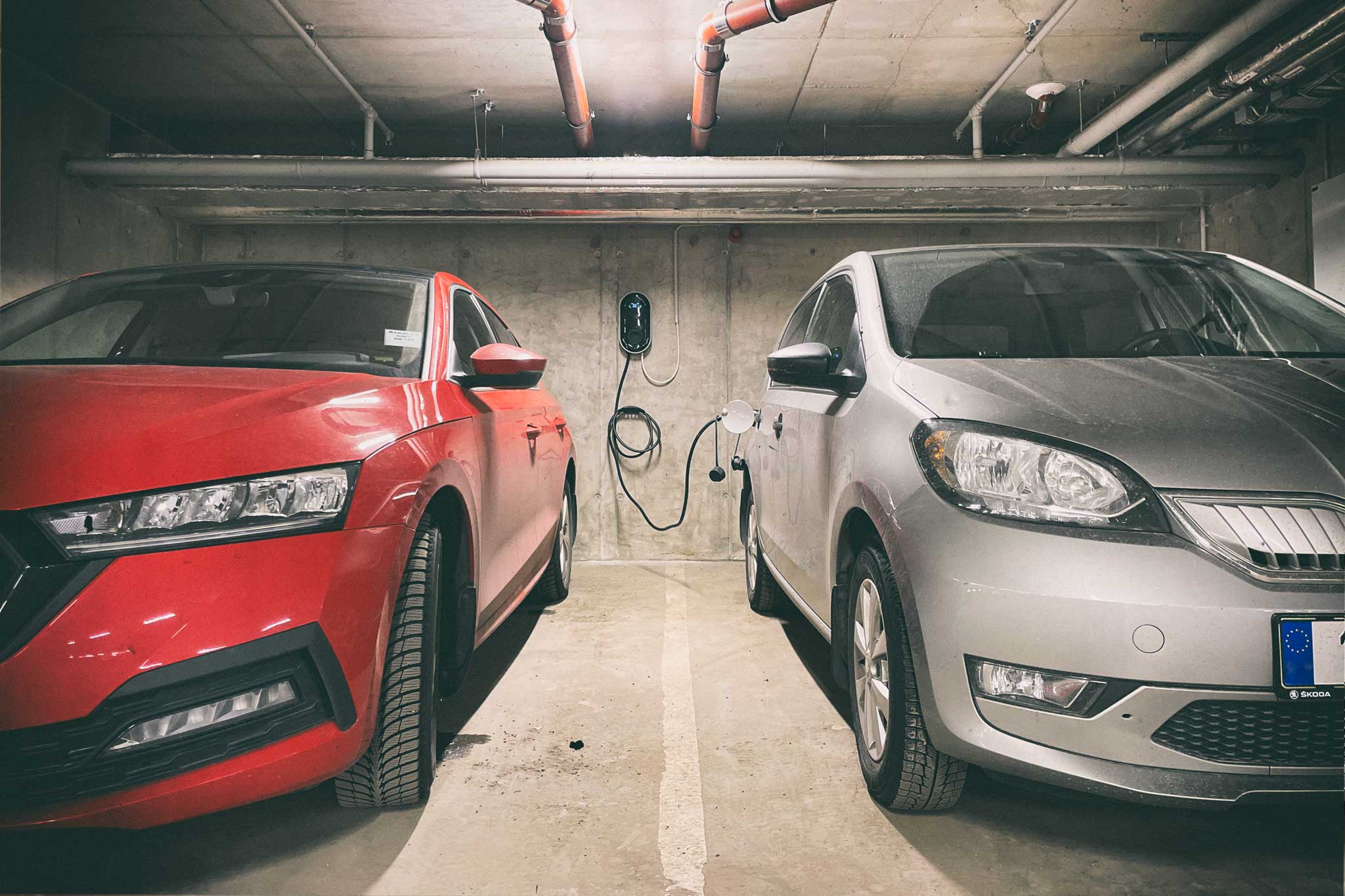
The final word
As the world pushes to transition away from carbon-intensive energy sources, renewables such as solar will play an increasingly crucial part in our electrical supply. Solar power is an attractive way for households to reduce their energy costs, gain independence from the grid, and guarantee sustainably generated electricity.
When it comes to sizing a solar power system for an electric vehicle, there are several things you need to think about:
- The make/model of an EV and its specifications.
- The average distance driven and the driving habits of those who will be using the car.
- The energy usage of your household, and whether you plan to add home battery storage or more EVs in the future.
As mentioned, the average European driver will only need about 2kW of solar power in their home to offset their daily driving consumption.
But, because of other factors, a household should install as much solar as they reasonably can. A house of the future with a large battery and multiple EVs could easily gobble up the output of even a large 10kW solar system.
If you are going to charge your electric car via anything other than a standard wall socket, you’ll want at least 13 kW of solar panels in total and a 10 kW inverter to make the most of solar energy.
